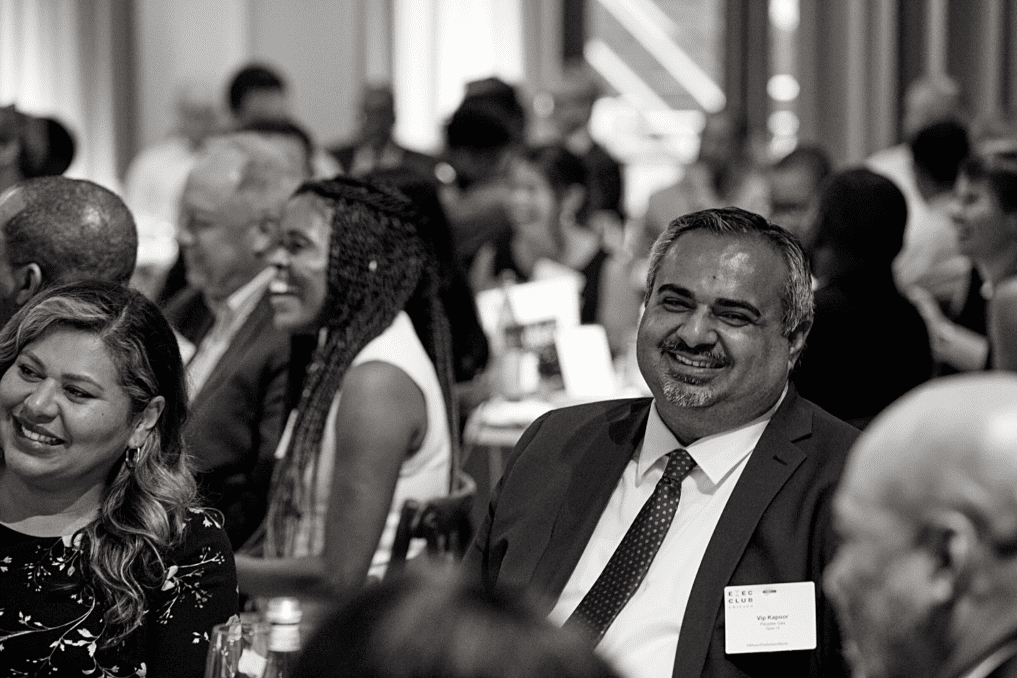

LEAD is divided into two main parts.
The first half concentrates on the individual participant as a leader, including topics such as personal brand, leadership identity, executive presence, and effective communication with the broader audience.
The second half shifts the focus to team dynamics, exploring how the participant can lead effectively, foster an inclusive culture, and excel in negotiation.

Session 1
In the introductory session, we will discuss the results of the leadership assessment inventories used in LEAD: CliftonStrengths and Hogan. Before the session, participants will have received their results for reference. During the session, participants explore how the assessments apply to their daily leadership behaviors, perceptions, and competencies.
It’s essential to note that individual results are shared only with each participant, and they have the autonomy to decide whether or not they wish to share their results with other cohort members.
Session 2
The power of personal brands can lead to increased sales, higher employee retention rates, and aid in attracting top talent. In this session, participants discover effective strategies to strengthen and harness their brand to impact their organization significantly.
Through interactive discussions and activities, participants learn how to leverage their unique qualities and create a powerful personal brand that sets them apart and drives positive outcomes for them and their company.
Session 3
This session empowers high-potential talent with the essential skills and insights to develop and project a strong leadership identity.
It combines theoretical knowledge, practical exercises, and self-reflection to help participants uncover their unique leadership qualities, enhance self-awareness, and foster authentic leadership approaches.
Session 4
Executive presence encompasses authenticity, composure, confidence, and emotional intelligence, extending beyond verbal communication to non-verbal cues. Achieving the right balance between substance and style and knowing when to speak and listen is vital.
Developing executive presence requires deep self-understanding. This session explores leadership presence in diverse contexts, providing valuable tips, discussions, and exercises to empower leaders to make a lasting impact.
Session 5
This session explores how effective leaders foster high performance and success by cultivating a culture that embraces brave voices and courageous communication.
The growth and resilience of a team or organization hinges on employees’ active engagement in vital discussions and their willingness to share innovative ideas and concerns openly. Unfortunately, research and experience reveal that many individuals face legitimate incentives to remain silent, leading to “organizational silence,” which undermines trust and morale and stifles growth and innovation.
Session 6 – Mid Year Review
This session allows participants to revisit program content, explore and share insights, and consider specific applications aligned with their leadership development objectives.
It also creates the space for more personal discussions designed to strengthen cohort relationships and inspire to carry this valuable network forward.
Session 7
In this session, leaders will explore the intricacies of team leadership, uncovering the key factors differentiating high-performing teams from average ones. Drawing from extensive research and real-world experiences, facilitators will reveal seven essential practices successful team leaders use.
Participants will gain fresh insights, tips, and tools to empower their teams, ultimately driving their collaborative efforts toward achieving strategic business results. This session will teach leaders time-tested strategies and innovative methodologies to elevate their team’s performance and contribute to remarkable organizational success.
Session 8
Participants gain indispensable insights into negotiation in this session, applicable to scenarios like mergers, salary discussions, or severance terms. Regardless of their position, they’ll learn fundamental negotiation techniques, levers, and anchors to enhance their outcomes.
Through active engagement and practical exercises, participants unravel the intricacies of negotiation in a safe environment, emerging equipped to secure sustainable win-win results and build positive long-term relationships. Whether seasoned negotiators refining skills or newcomers to the table, attendees leave with an enriched toolkit and confidence to navigate diverse negotiation scenarios proficiently.
Session 9
In this session, participants explore the complex world of diverse perspectives and experiences in the workplace that are unique to each race, culture, group, and individual.
Interpretations of these differences often lead to biases and blind spots that affect interactions with colleagues and influence critical decisions like talent development and hiring. Discover how to address these biases, foster a culture of inclusion that values everyone’s contribution, and promote a truly diverse and equitable workplace.